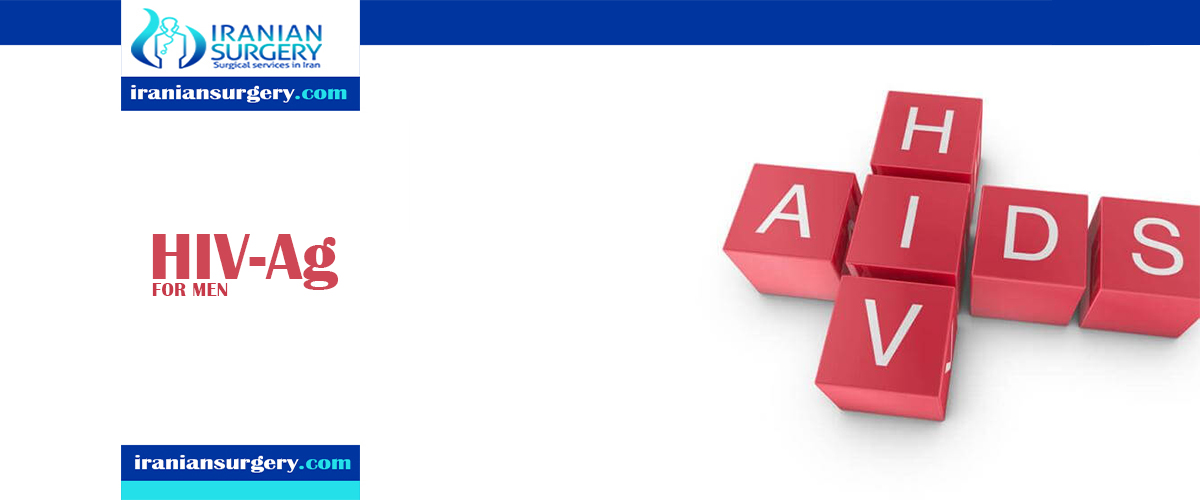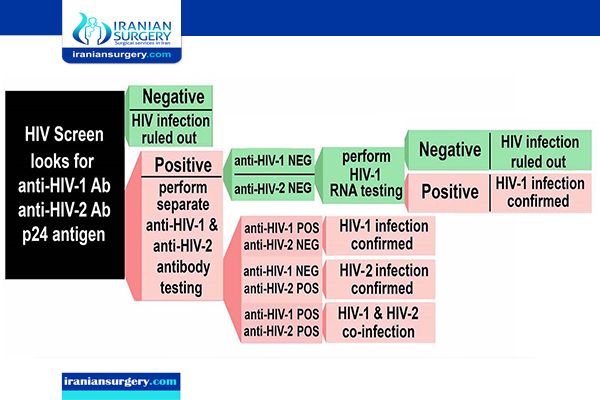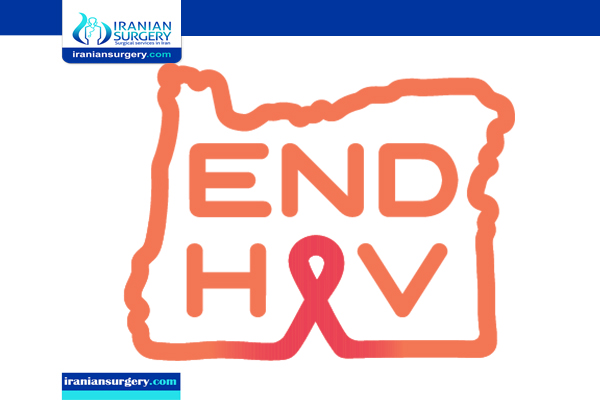HIV-Ag

HIV Antibody and HIV Antigen
Also Known As HIV Screening Tests AIDS Test AIDS Screen HIV Serology p24 Antigen
Formal Name HIV-1 and HIV-2 Antibody and Antigen Evaluation
What is being tested?
Human immunodeficiency virus (HIV) is the cause of AIDS (acquired immunodeficiency syndrome). HIV screening tests detect the HIV antigen(p24) and/or HIV antibodies produced in response to an HIV infection in the blood. Some tests detect HIV antibody in oral fluid.
When a person becomes infected with HIV, through exposure to the blood or body fluids of an infected individual or a contaminated needle, for example, the virus begins…
How is it used?
HIV antibody and HIV antigen (p24) testing is used to screen for and diagnose HIV infections. Early detection and treatment of HIV infection and immune system monitoring can greatly improve long-term health and survival. Also, if a person knows his or her HIV status, it may help change behaviors that can put him or her and others at risk.
Screening
Different types of tests may be used for HIV screening:
- Combination HIV antibody and HIV antigen test—this is the recommended screening test for HIV. It is available only as a blood test. It detects the HIV antigen called p24 plus antibodies to HIV-1 and HIV-2. (HIV-1 is the most common type found in the United States, while HIV-2 has a higher prevalence in parts of Africa.) The level of p24 antigen and the amount of virus (viral load) increase significantly soon after initial infection. Testing for p24 allows for detection of early infections, before HIV antibody is produced. A few weeks after exposure, antibodies to HIV are produced in response to the infection and remain detectable in the blood thereafter, making the antibody test useful for detecting infections weeks after exposure. By detecting both antibody and antigen, the combination test increases the likelihood that an infection is detected soon after exposure. These tests can detect HIV infections in most people by 2-6 weeks after exposure.
- HIV antibody testing—all HIV antibody tests used in the U.S. detect HIV-1 and some tests have been developed that can also detect HIV-2. These tests are available as blood tests or tests of oral fluid. HIV antibody tests can detect infections in most people 3-12 weeks after exposure.
- p24 antigen testing—this is used alone without the antibody test only in rare cases when there is a question about interference with an HIV antibody test.
There are a few different ways a person can get access to HIV screening:
- A blood or oral sample can be collected in a health practitioner’s office or a local clinic and sent to a laboratory for testing. Certain testing centers provide either anonymous (the name is never given) or confidential (the name is given but kept private) HIV testing and counseling. People can also contact their state, county, or city health department to find out where testing may be available. To find a testing site near you, visit the National HIV and STD Testing Resources webpage.
- In these same settings, there may be a rapid test available, with which results are generated in 20 minutes or less.
- A home collection kit is available that allows a person to take a sample at home and then mail it to a testing center. Results are available over the phone, along with appropriate counseling.
- There is a home test for HIV that uses an oral sample and results are available in about 20 minutes. The home test has two limitations: 1) testing on oral fluid is less sensitive than a blood test so the home test may miss some cases of HIV that a blood test would detect; and 2) the home test is not as accurate when it is performed at home by a lay person compared to when it is performed by a trained healthcare professional. However, the convenience of home testing might encourage some people who might otherwise be reluctant to go to a healthcare practitioner or clinic to learn their HIV status.
Diagnosis
If any one of the above screening tests is positive, then it must be followed by a second test to establish a diagnosis. This second test is an antibody test that is different than the first test. If the second test does not agree with the first test, then a third test is performed that detects the genetic material (RNA) of the virus. An HIV RNA test will detect HIV in most people by 1-4 weeks of infection.
What does the test result mean?
A negative test for HIV antigen and/or HIV antibody usually indicates that a person does not have an HIV infection. A negative screening test means only that there is no evidence of disease at the time of the test, however. It is important for those who are at increased risk of HIV infection to have screening tests performed on a yearly basis to check for possible exposure to the virus.
HIV tests that detect only HIV antibody will not detect an HIV infection soon after exposure, during the window period before the development of antibodies. Most people produce detectable levels of antibody 3 to 12 weeks after exposure. If someone is screened with an HIV antibody test too soon, the result may be negative despite the fact that the person is infected (false negative). If an HIV antibody test is negative but suspicion of exposure remains high, then repeat testing using the HIV antigen/antibody blood test may be required.
If someone tests positive on both the initial screen and supplemental testing, then that person is considered to be infected with HIV.
The CDC recommends use of a new testing protocol to screen for and diagnose HIV infection. The following lists the steps and meaning of test results:
- Screen for HIV infection using a combination HIV antigen/antibody test, then
- Verify a positive with a second HIV antibody test that differentiates between HIV-1 and HIV-2.
- If results of the first and second test do not agree, then the next test to perform is an HIV-1 RNA test (nucleic acid amplification test, NAAT). If the HIV-1 RNA is positive, then the test is considered positive.

Two tests once commonly used to test for HIV, HIV-1 Western blot and HIV-1 immunofluorescence assay, are not included in this new protocol and should not be used since these tests detect antibody later in the infection (around 28 days) and may give a false-negative result.

What are the symptoms of HIV infection?
Symptoms of the initial HIV infection can mimic those of influenza and other viral infections. The only reliable way to tell if someone is infected is to get tested. Many people with HIV do not experience symptoms for years after the initial infection or have symptoms that are very similar to symptoms of other illnesses. For more, see this CDC web page: HIV/AIDS Basics.


